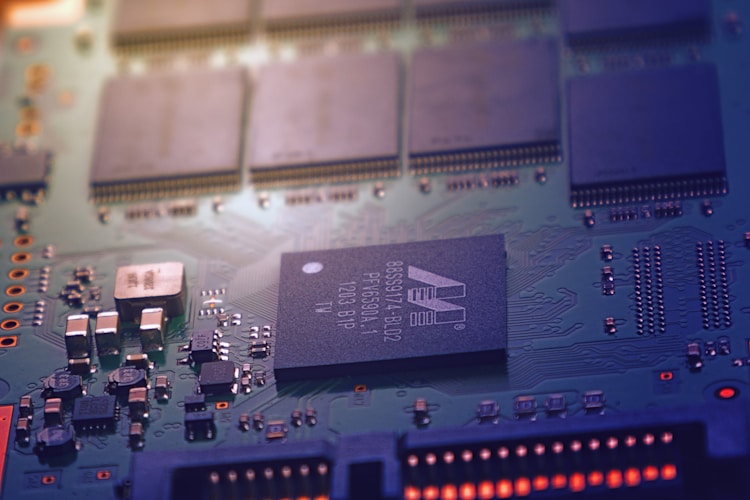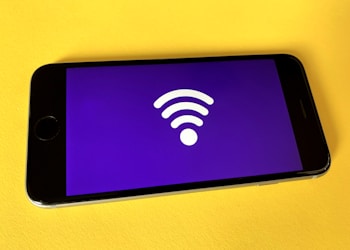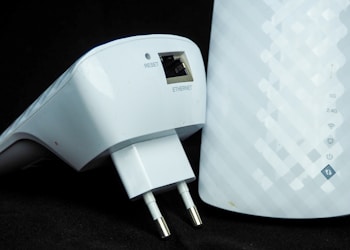Why Is 25G SFP28 Important?
With the rise of cloud computing, big data, Internet traffic is increasing day by day. Telecommunications operators need to upgrade their existing data centers to cloud data centers so as to provide more flexible business and application support. Therefore, the service operators tend to upgrade from the existing 10 Gbit/s Ethernet switch and server connection to 100 Gbit/s Ethernet switch and 25 Gbit/s server connection. Compared with 10G/40G to 100G upgrade routes, 25 Gbit/s SFP28 products are more valuable from the aspects of saving cost per bit, so they are more attractive to large cloud operators and enterprise network users.
25G SFP28 Transceiver Technology Solution
From 10G SFP + to 25G SFP28, optical transceiver modules face challenges such as signal integrity, power integrity and electromagnetic compatibility. To increase the data rate from 10 Gbit/s to 25 Gbit/s, the overall structure of the SFP28 transceiver needs to add CDR (Clock Data Recovery) at the transmitting end and CDR circuit at the receiving end. And the rest of the structure is basically consistent with the 10G SFP+ transceiver. The structural block diagram of the 25G SFP28 optical transceiver is shown in the following figure.
The optical transmitting part includes LD laser, MPD, LD driver, CDR circuit and control circuit. After the inputted electrical signal is preprocessed by the CDR circuit, then loaded into the LD laser through the driver to convert the high-speed electrical signal into optical signal. At the same time, MPD receives the optical signals reflected from the transmitting side to realize transmitter optical signals monitoring.
The optical receiving part includes PD (photodetector), TIA (transimpedance amplifier), La (limiting amplifier), CDR circuit and control circuit. The optical signals input through the optical interface to realize optical-electrical conversion on photodetector and then sent to the amplifier and CDR for amplification. Finally, the electrical signals output through the electrical interface.
25G SFP28 Single-mode Optical Fiber Transmission Solution
Single channel 25G SFP28 single-mode optical fiber transmission can be applied to large-scale data centers, enterprise networks, metropolitan area access, interconnection between buildings and 5G base stations. The transmission distances involved are generally 0.5km, 2km and 10km (SFP-25G-LR) or more. The technical specifications of the optical interface of single-mode optical fiber transmission 25G SFP28 transceivers are shown in the following table.
25G SFP28 Single-mode Transceiver Technical Specification
| Specification | Transmission Distance/km | ||
| 0.5 | 2.0 | 10.0 | |
| Date Rate/Gbit/s | 25.78125 | 25.78125 | 28.05 |
| BER | 5*10^-5 | 5*10^-5 | 10^-6 |
| Transmitter | |||
| Central wavelength/nm | 1295~1325 | 1264.5~1337.5 | 1295~1325 |
| Average Transmit Power/dBm | -9.4~2.0 | -6.5~2.5 | -5.0~2.0 |
| Optical Modulation Amplitude (OMA)/dBm | <2.2 | -4.0~2.5 | >-2.0 |
| Extinction Ratio/dB | >3.5 | >3.5 | >4.0 |
| Receiver | |||
| Average Received Power/dBm | -12.66~2.0 | -11.5~2.5 | <2.0 |
| Receiving Sensitivity | <-13.3 | -10.0 | >-11.4 |
The 25G SFP28 optical module applied to single-mode fiber transmission needs to meet the transmission distance of 10km in some cases, which has requirements for the parameters such as extinction ratio and RMS (Root Mean Square) spectral width of the laser. At present, there are two types of lasers commonly used in the SFP28 technical solution, one is direct modulation DFB chip (DML (direct modulation laser)), and the other is EML (electric absorption modulation laser) chip. 25 Gbit/s EML is a 1relatively mature laser scheme, but 25 Gbit/s DML has the advantages of cost and power consumption, so it is considered a better laser solution to realize the transmission within 10km.
25G SFP28 Multimode Optical Fiber Transmission Solution
25G SFP28 multimode optical fiber transmission also has different application scenarios. The optical interface technical specification of Ethernet Application (25GBASE-SR) can refer to 100GBASE-SR4 in IEEE802.3bm. The technical specifications of optical interfaces of the 25G SFP28 transceiver for multimode optical fiber transmission are shown in the following table.
25G SFP28 Multimode Transceiver Technical Specification
| Specification | 25GBASE-SR | 3200-SN |
| Date Rate/Gbit/s | 25.78125 | 28.05 |
| Transmission Distance OM3 Fiber/m | 70 | 70 |
| Transmission Distance OM4 Fiber/m | 100 | 100 |
| BER | 5*10^-5 | 10^-6 |
| Transmitter | ||
| Central wavelength/nm | 840~860 | 840~860 |
| RMS/nm | <0.60 | <0.57 |
| Average Transmit Power/dBm | -8.4~2.4 | -6.2~2.0 |
| Optical Modulation Amplitude (OMA)/dBm | -6.4~3.0 | >3.2 |
| Extinction Ratio/dB | >2 | – |
| Receiver | ||
| Average Received Power/dBm | -10.3~2.4 | <2.0 |
| Receiving Sensitivity | – | <-10.2 |
For the 25G SFP28 optical module applied to multimode optical fiber transmission, there are also two implementation processes. The first is consistent with the single-mode 25G SFP28 module adopting the usual coaxial packaging. The other is COB (chip on board) packaging, that is, the optical chip is installed on the PCB (printed circuit board) and covered with a right angle turning lens to realize the interface between optical path transmission and optical fiber adaptation. The schematic diagram of the scheme is shown in the following figure.
25G SFP28 Multimode Transceiver COB Packaging
Compared with the traditional coaxial scheme, COB packaging mainly has the following advantages:
- The driving chip is directly connected with the laser, and TIA is directly connected with La or CDR, which reduces the intermediate connection points, ensures impedance continuity, and has better signal integrity performance.
- The packaging structure of optical devices is simplified, and the amount of corresponding materials is greatly reduced, which has a good competitive advantage in product cost.
However, COB packaging also has some disadvantages:
- It is difficult to manufacture and develop lenses. Outsourced lenses generally have patent use costs, while self-developed lenses have large initial R & D costs. Technical realization and avoiding existing patents are design difficulties.
- COB process excellence rate control is closely related to process R&D, control, and maturity, which requires certain equipment platforms and technology accumulation. At the same time, the airtightness of photoelectric components will be reduced, and the application occasions of modules will be limited.
Conclusion
The 25G SFP28 optical module based on multimode optical fiber transmission has great advantages in power consumption and cost. It can not only cover a variety of data center architectures but also greatly improve the port density. It has a broad market prospect. With the vigorous rise of 100Gbit / s network system construction, 25G rate optical devices for single-mode optical fiber applications, whether DML or EML, have developed rapidly, and the transmission distance can cover 0.5, 2.0, and 10.0km. On this basis, the development of 25G SFP28 optical transceivers can make the best use of the existing photoelectric technology and reduce the cost.
QSFPTEK provides comprehensive single-mode and multimode 25G SFP28 series products. All products have undergone strict performance and compatibility tests. You are welcome to consult and quote.










